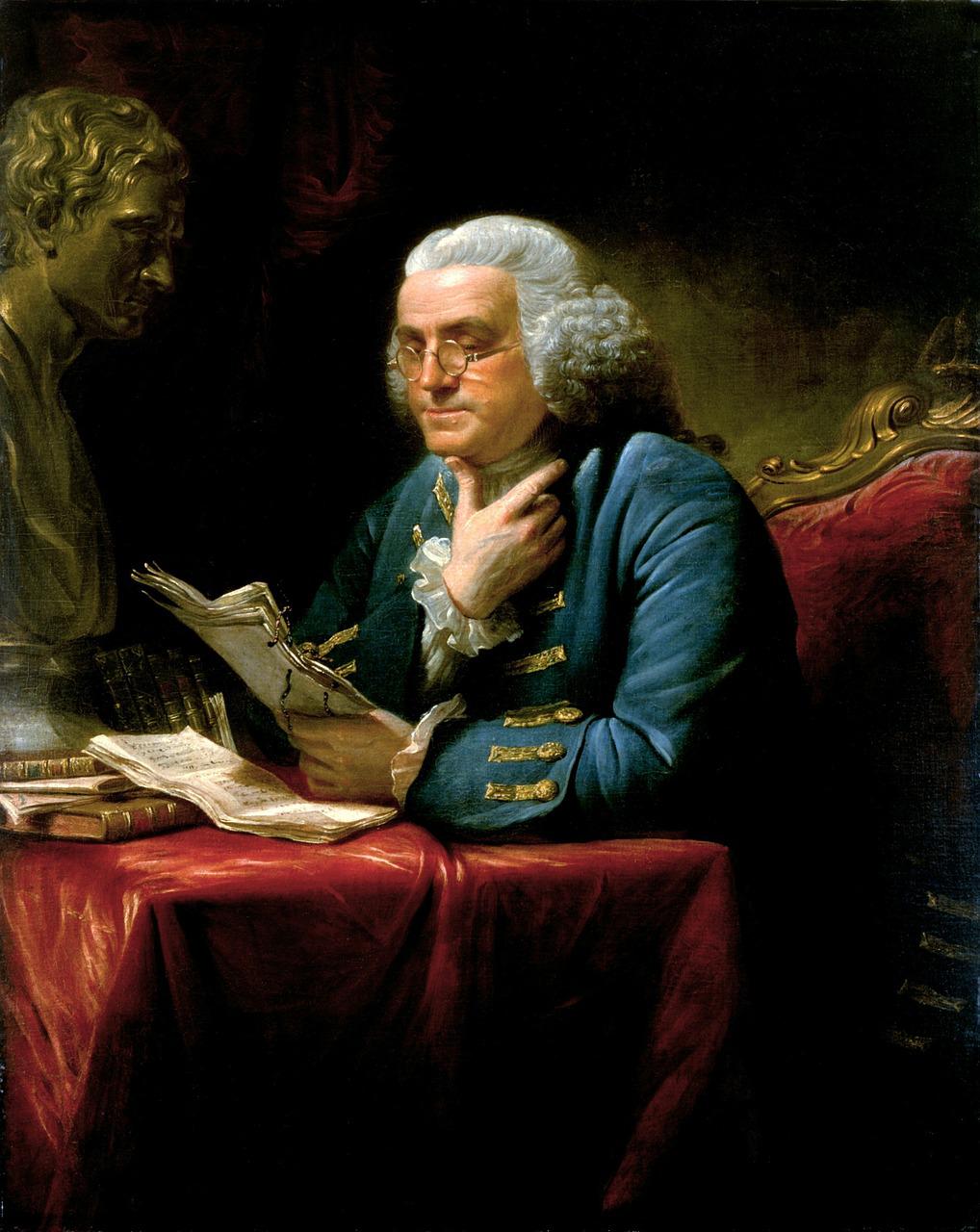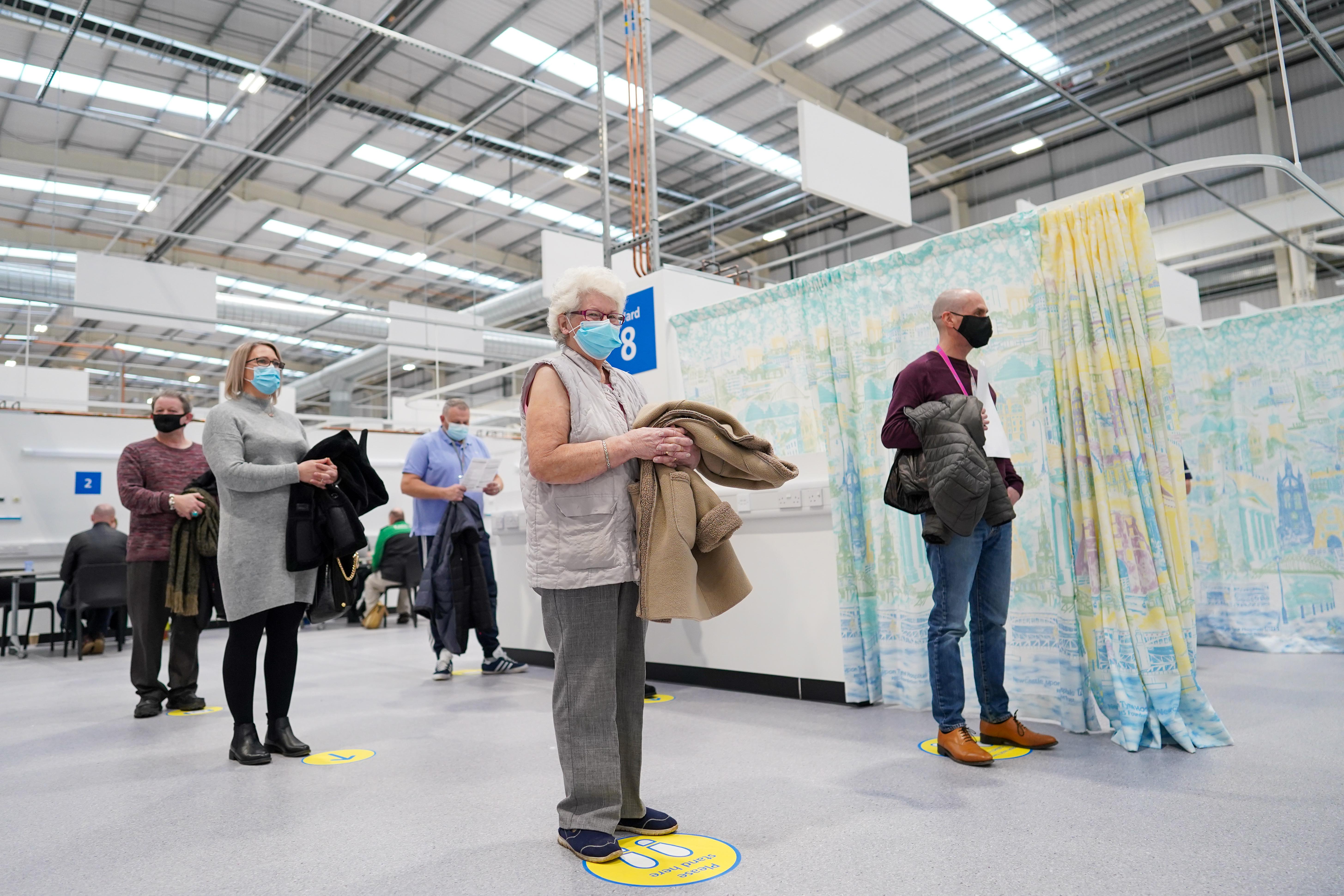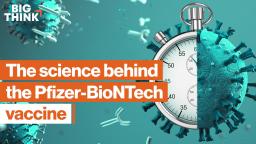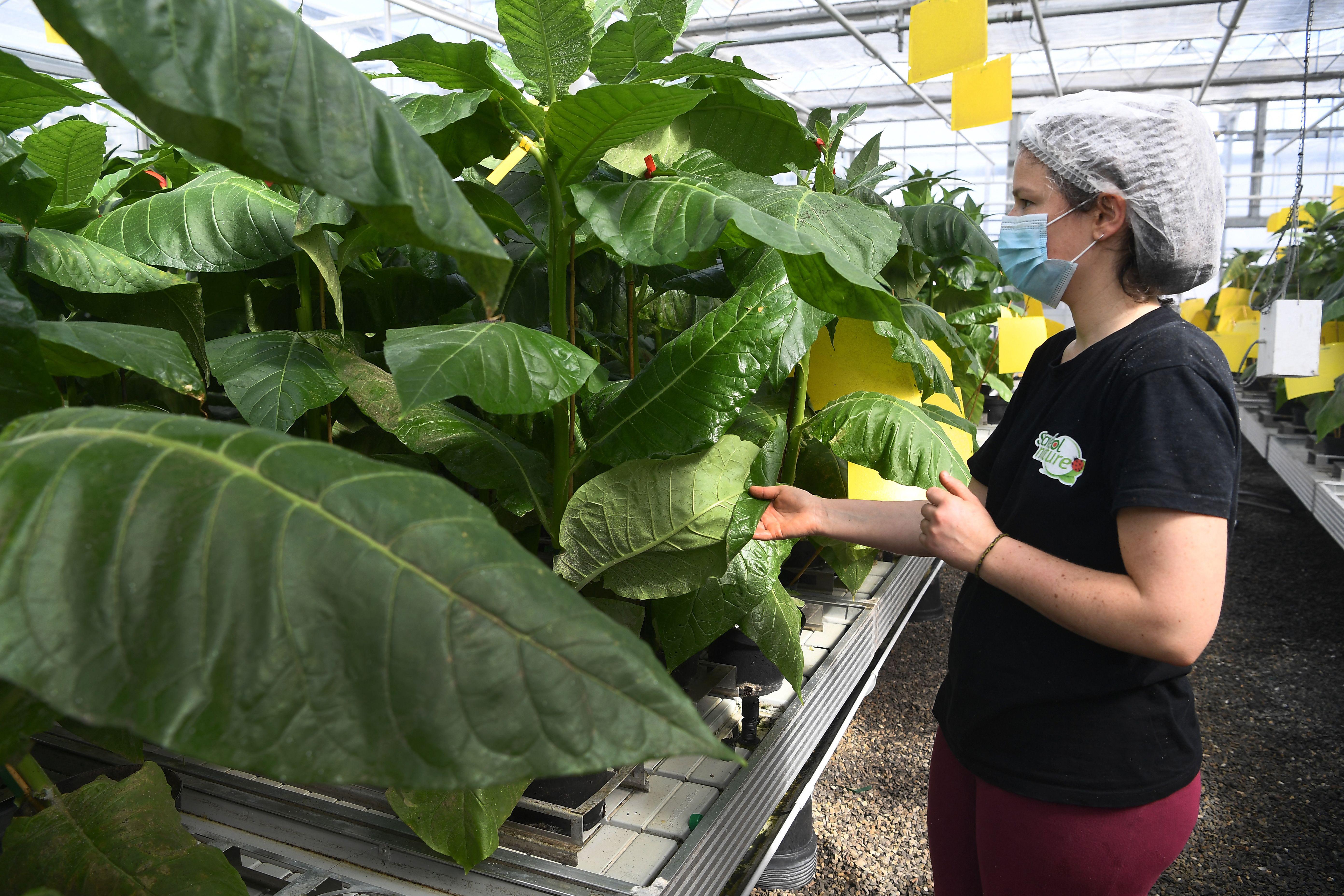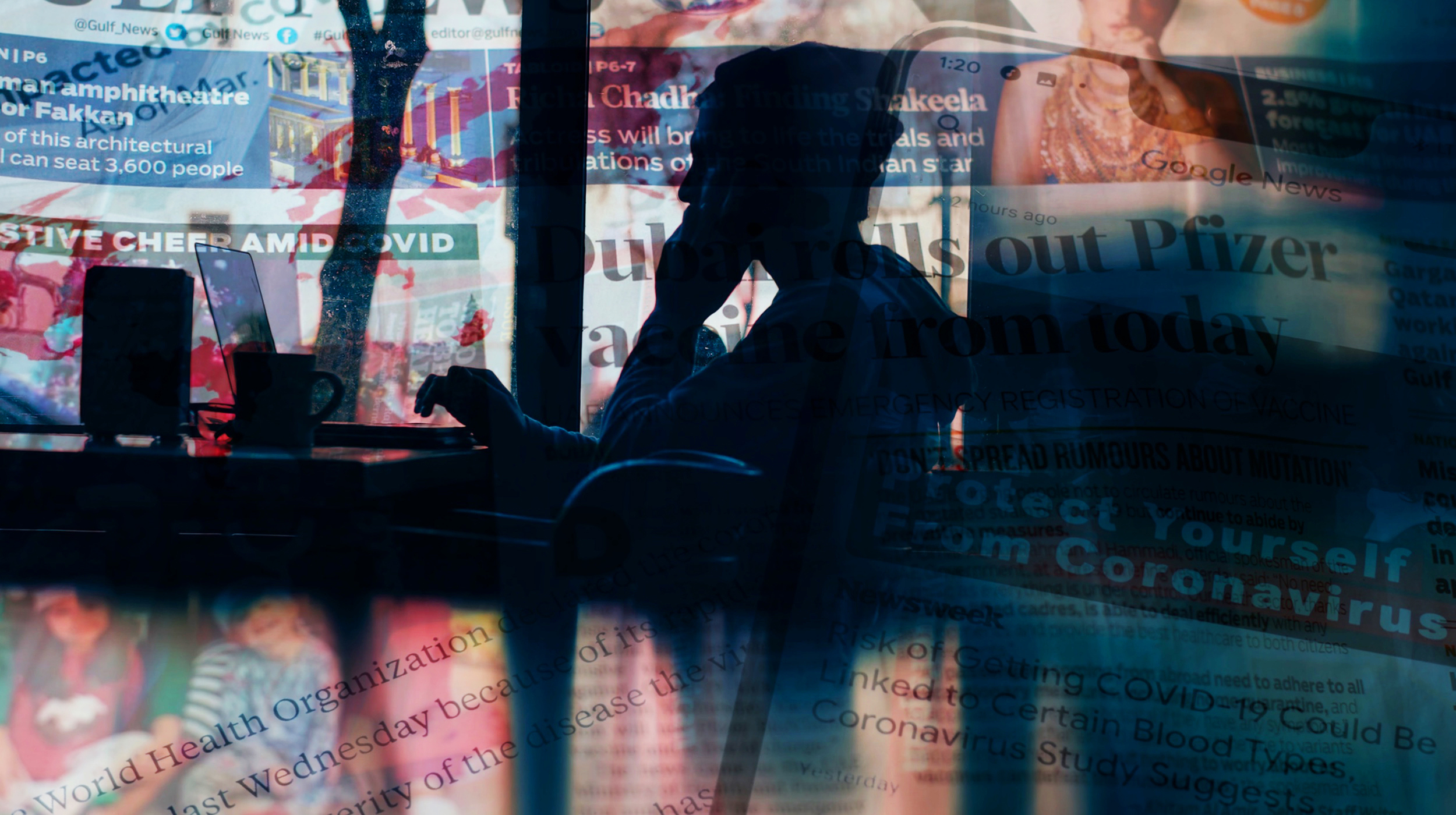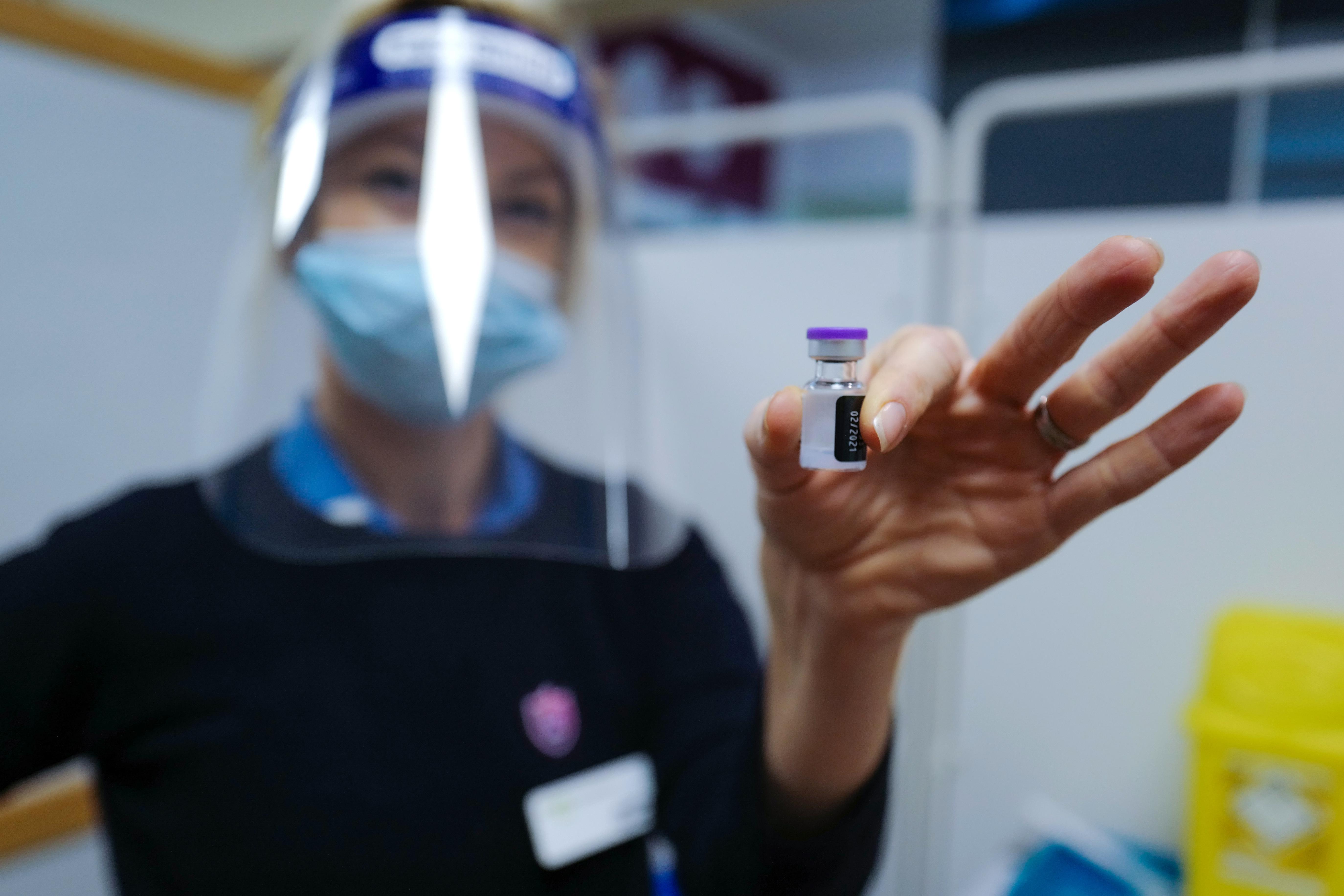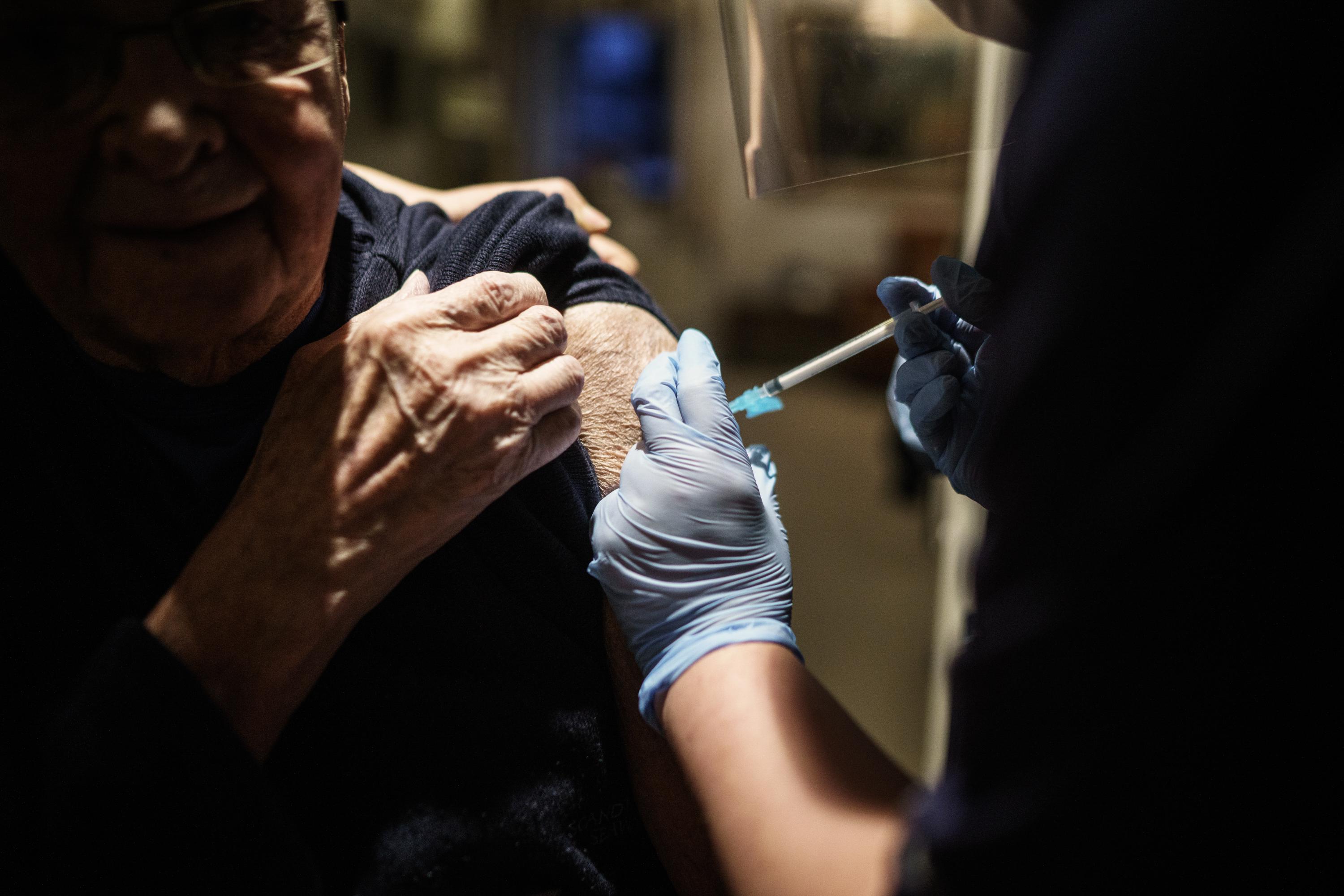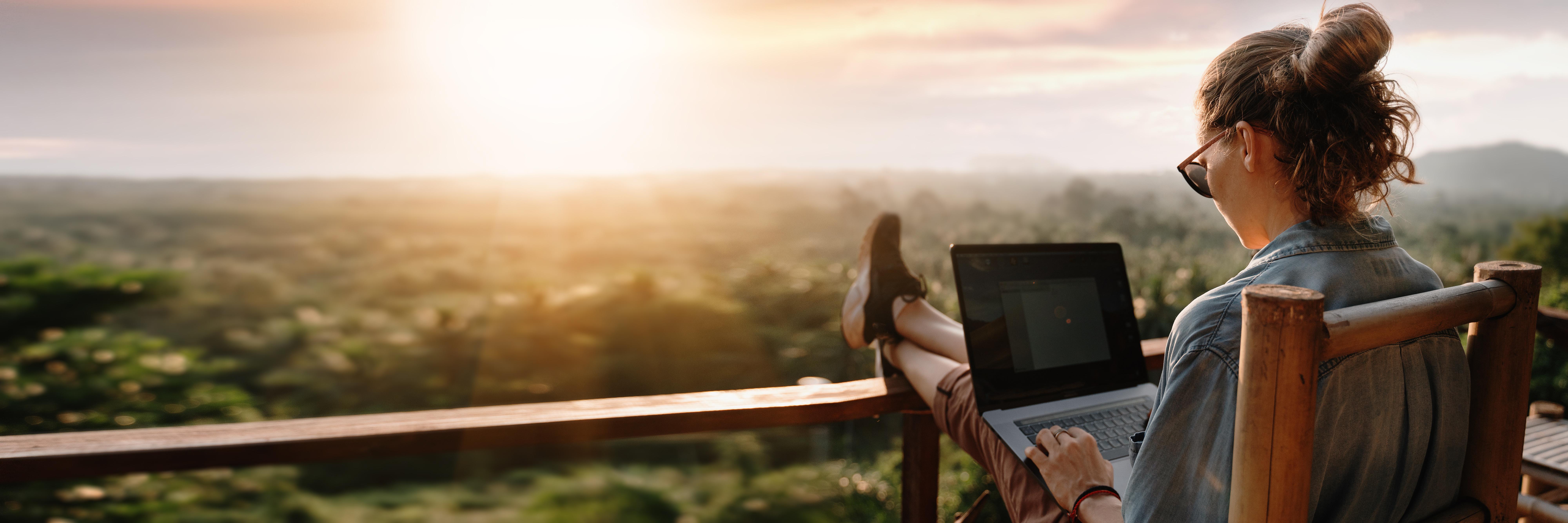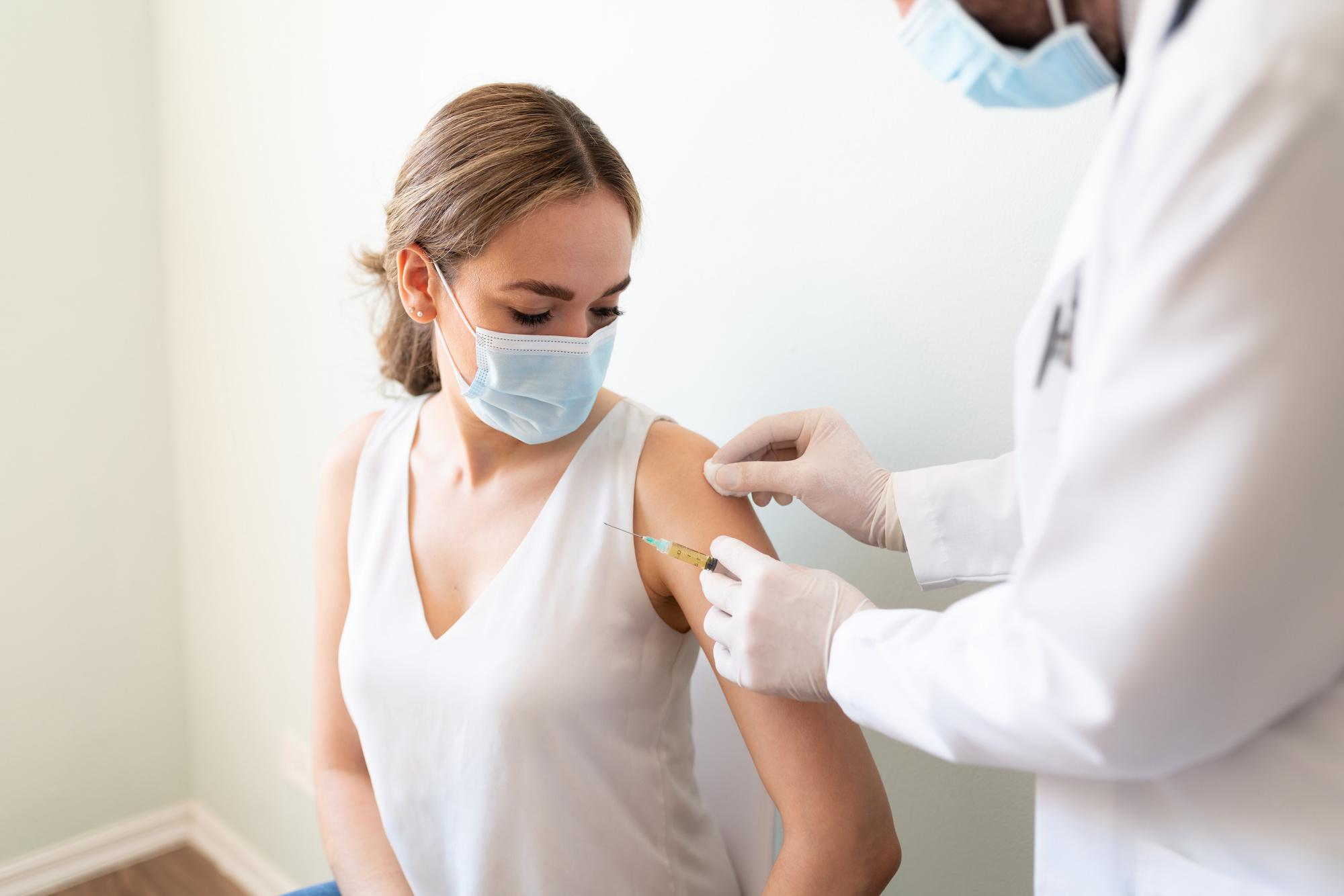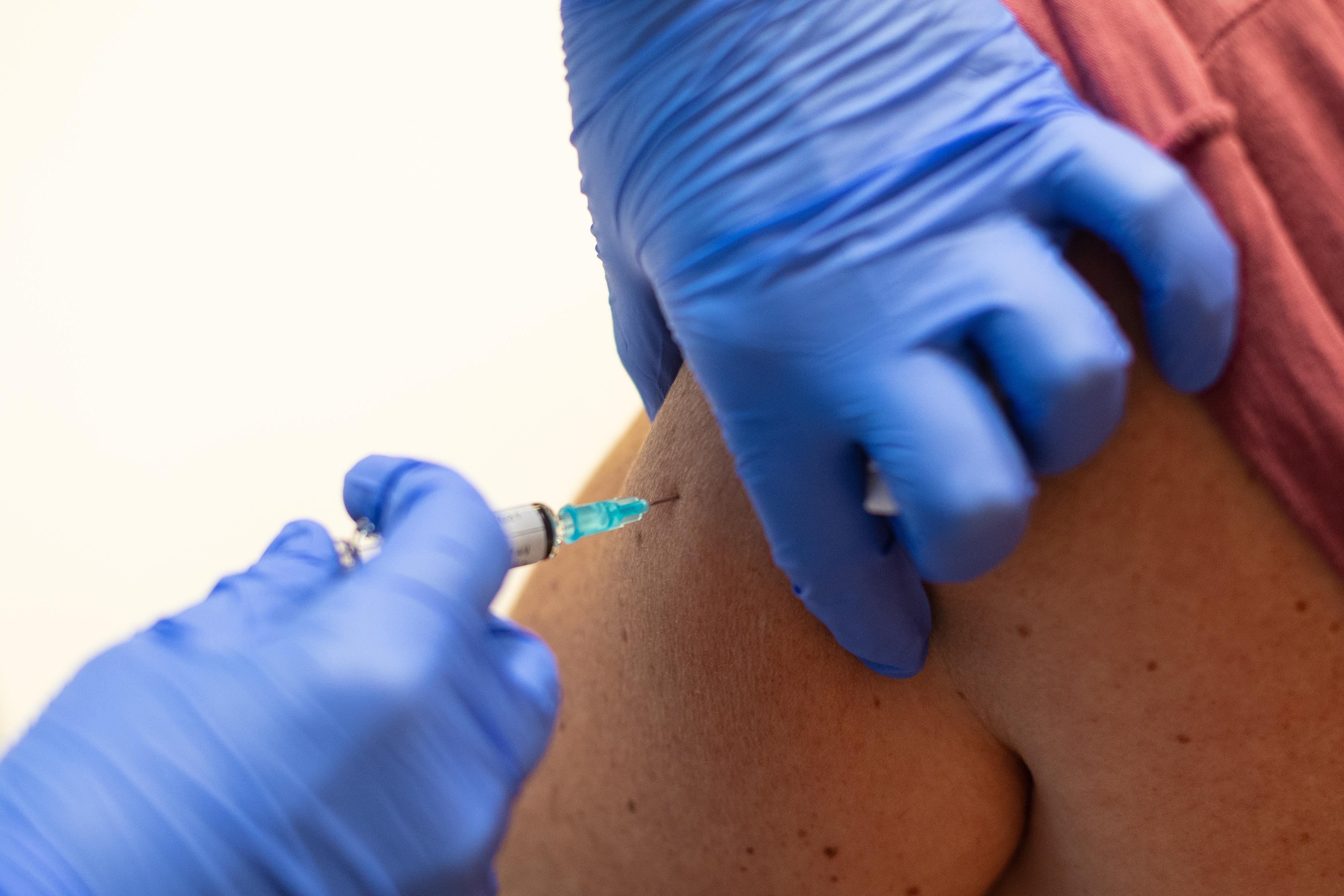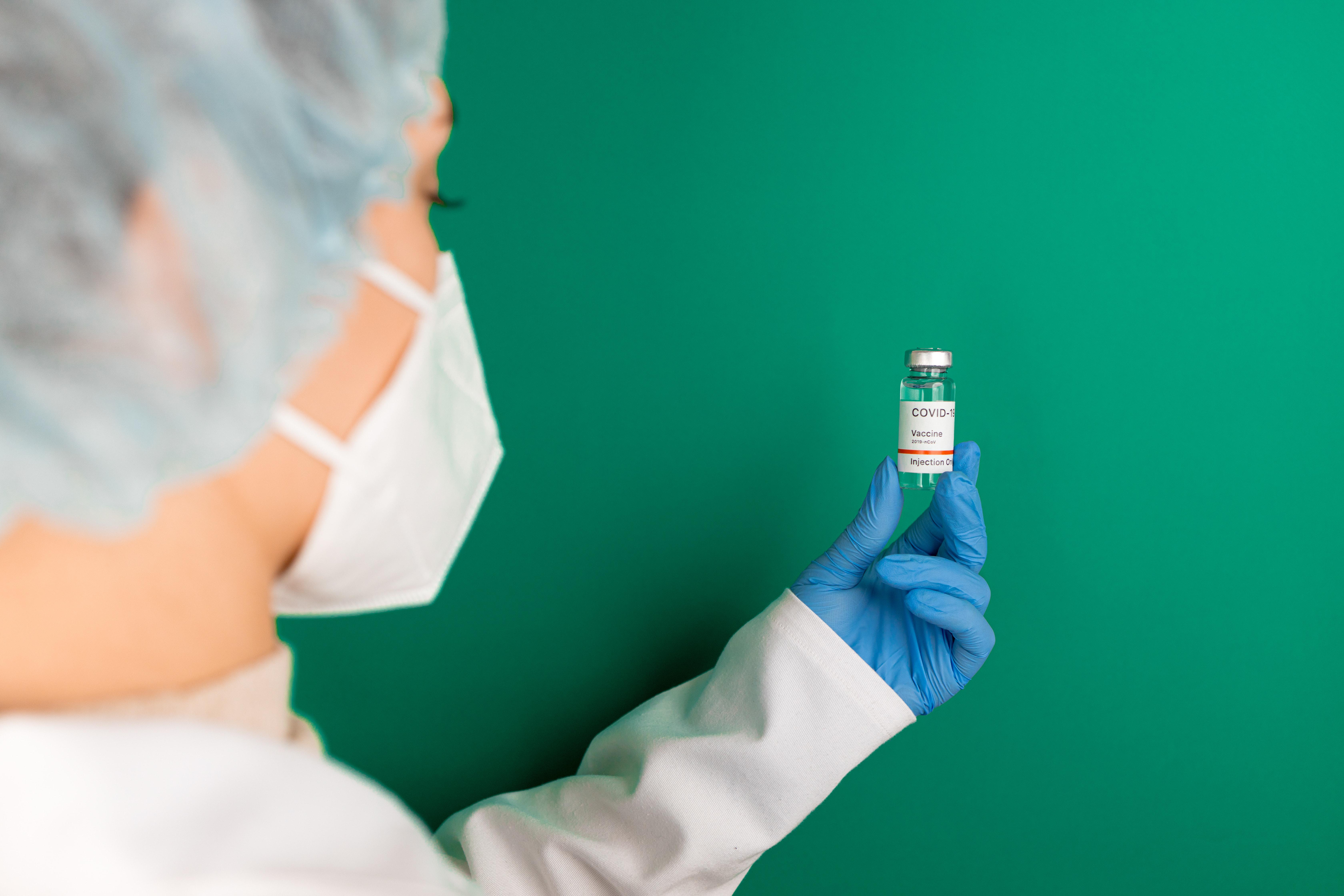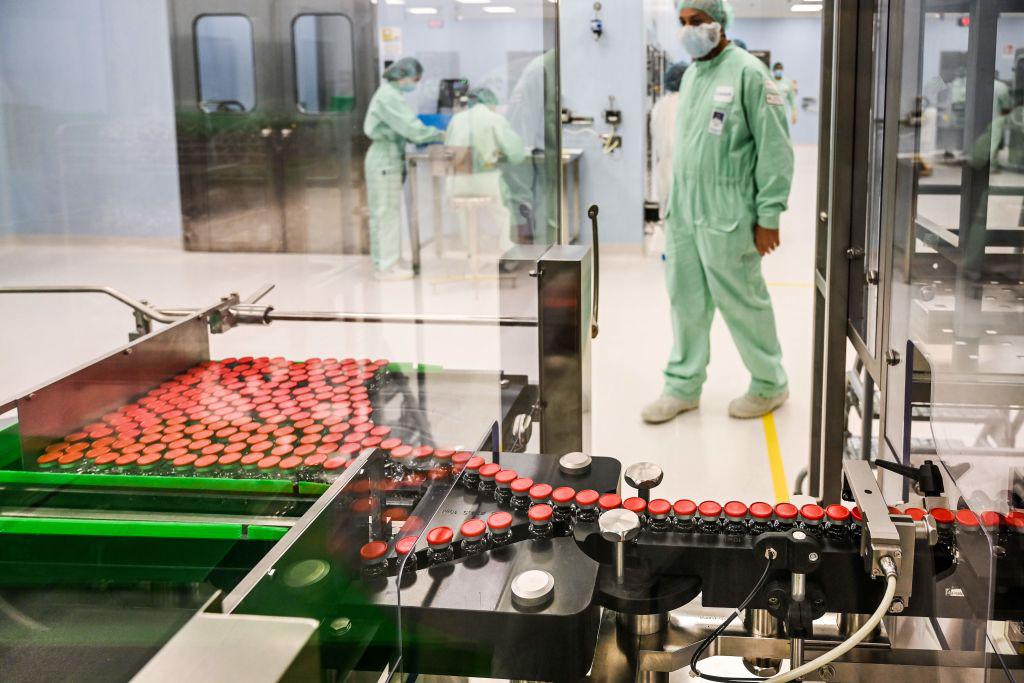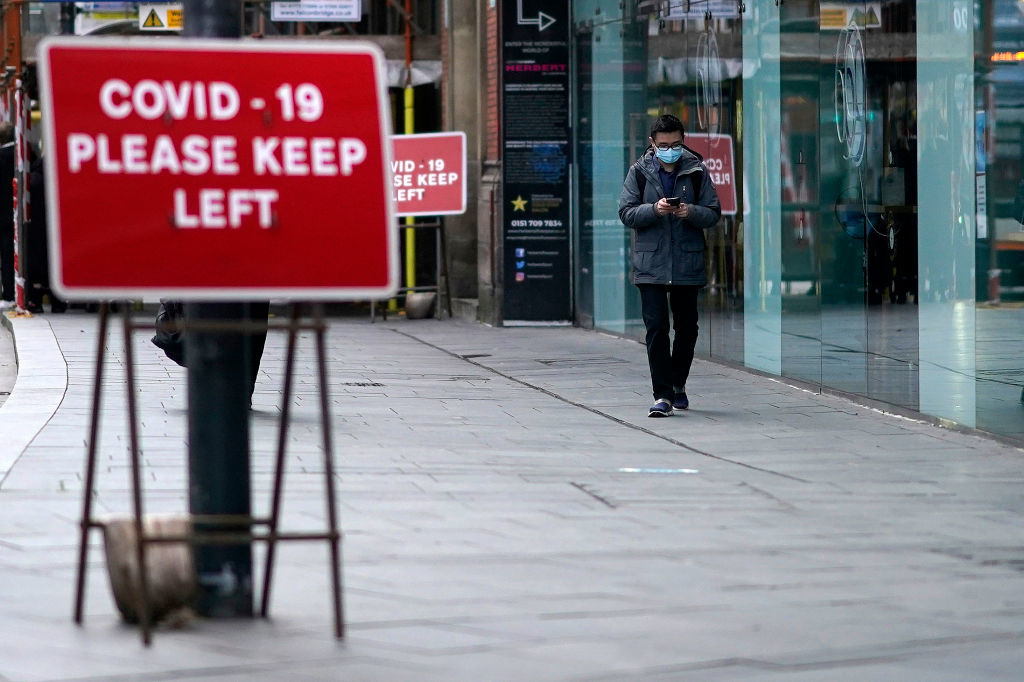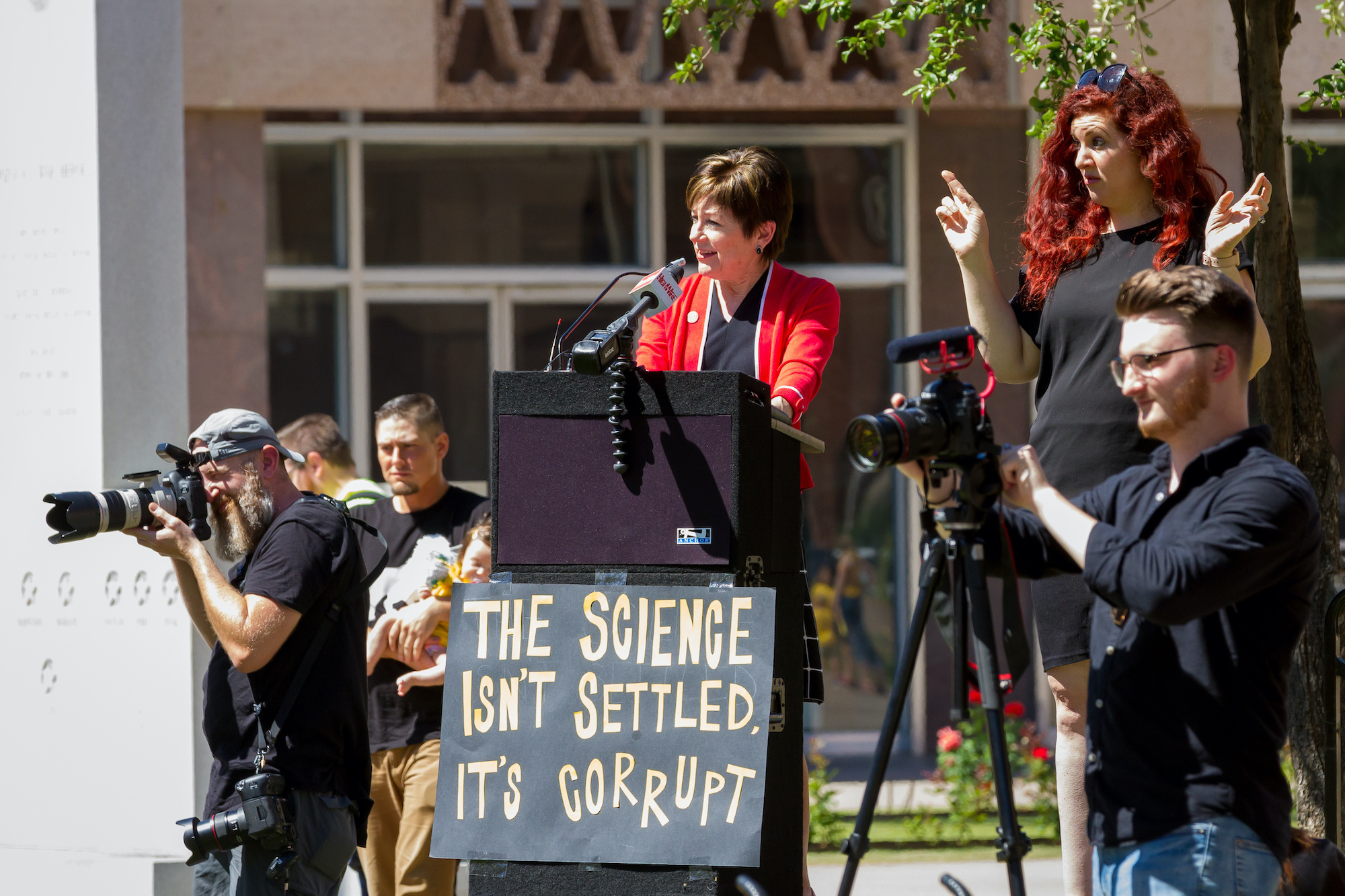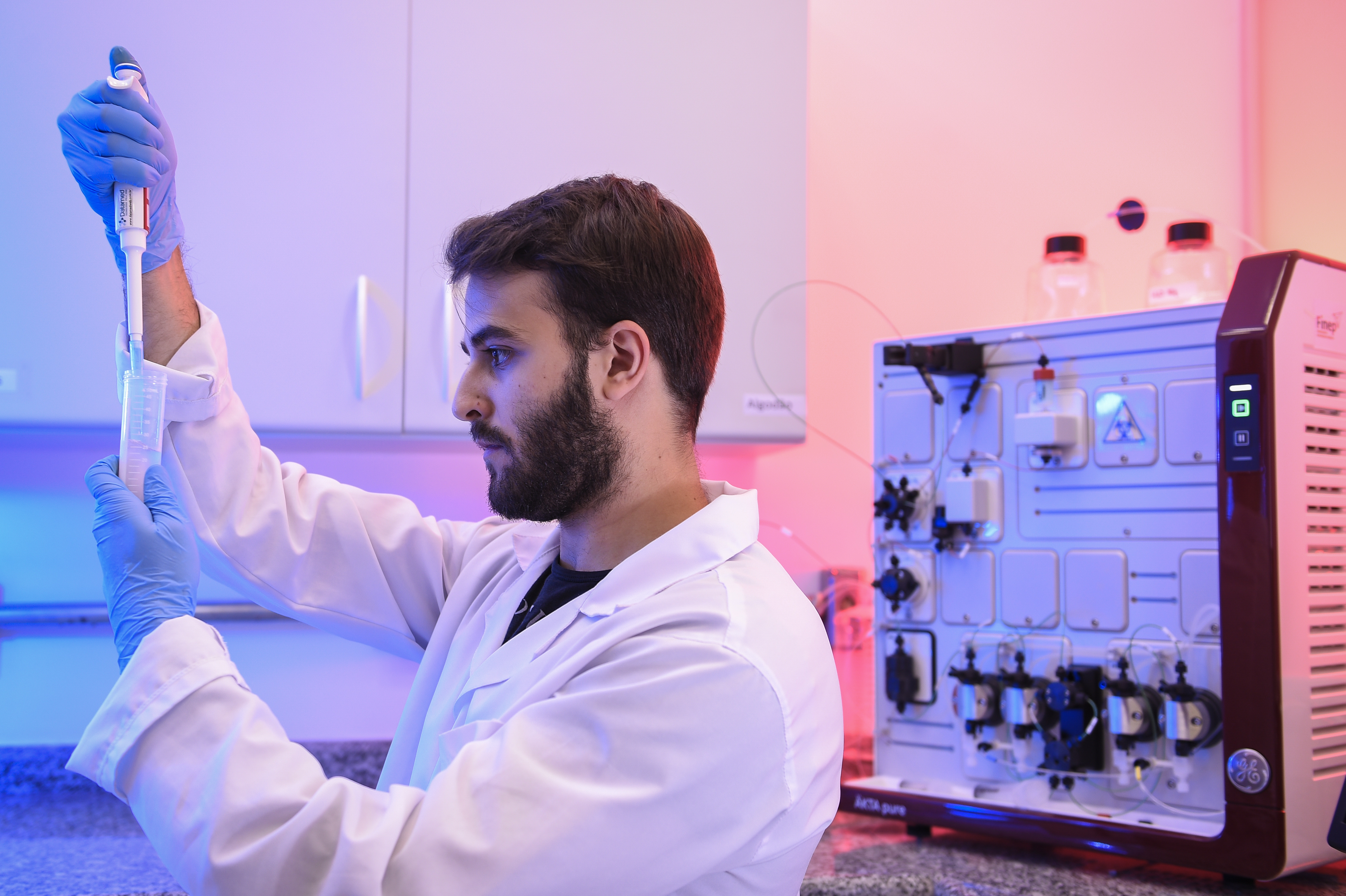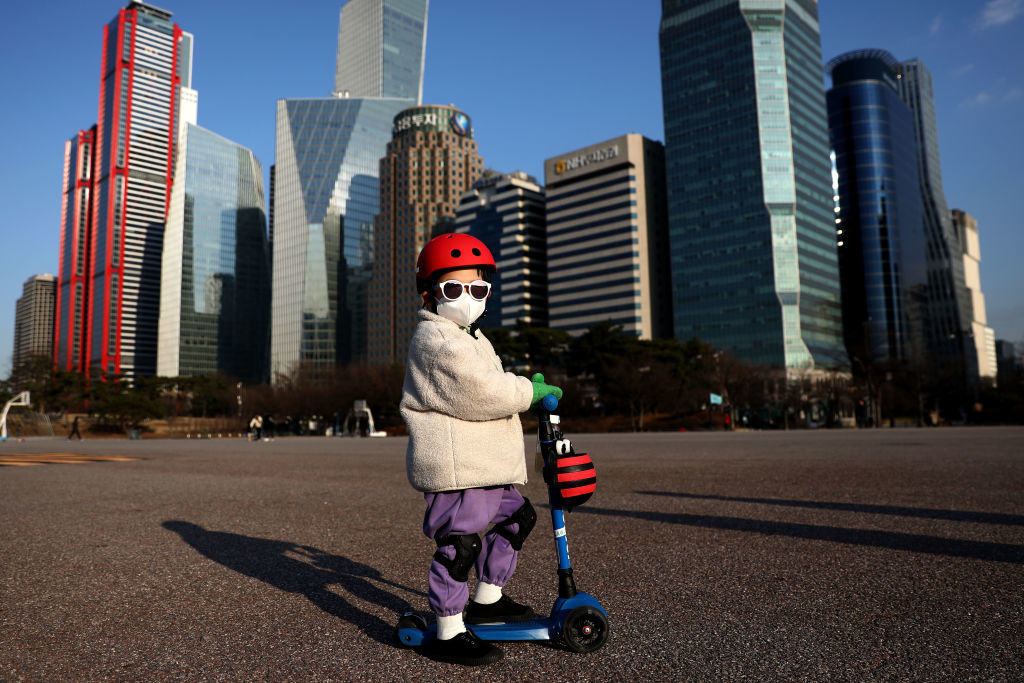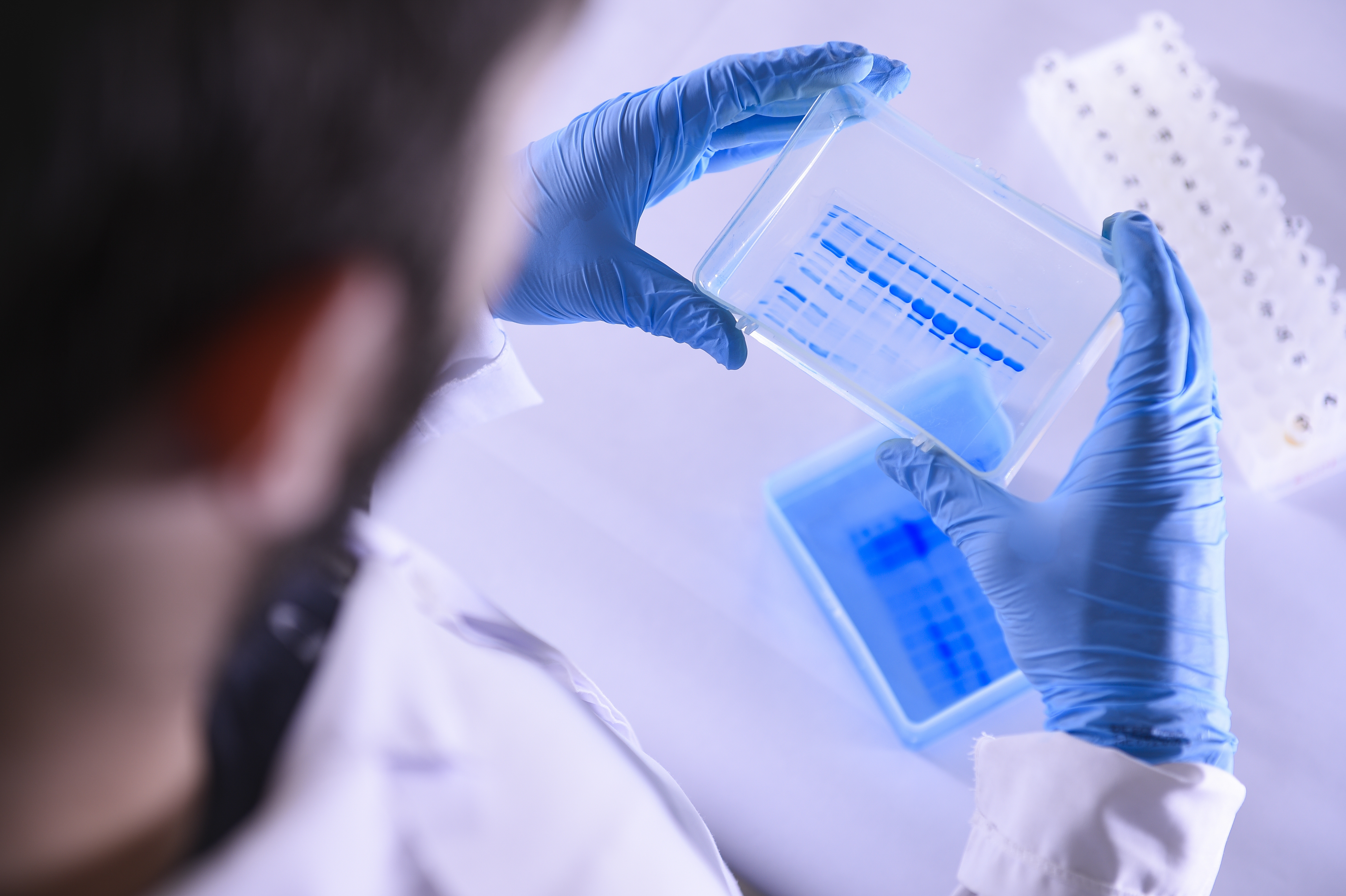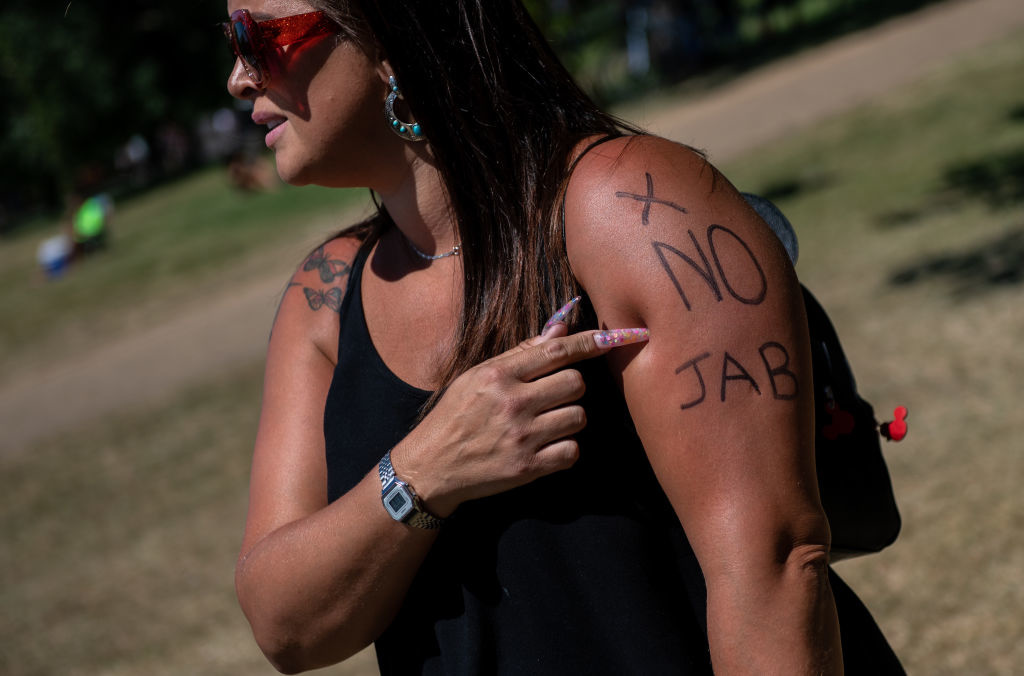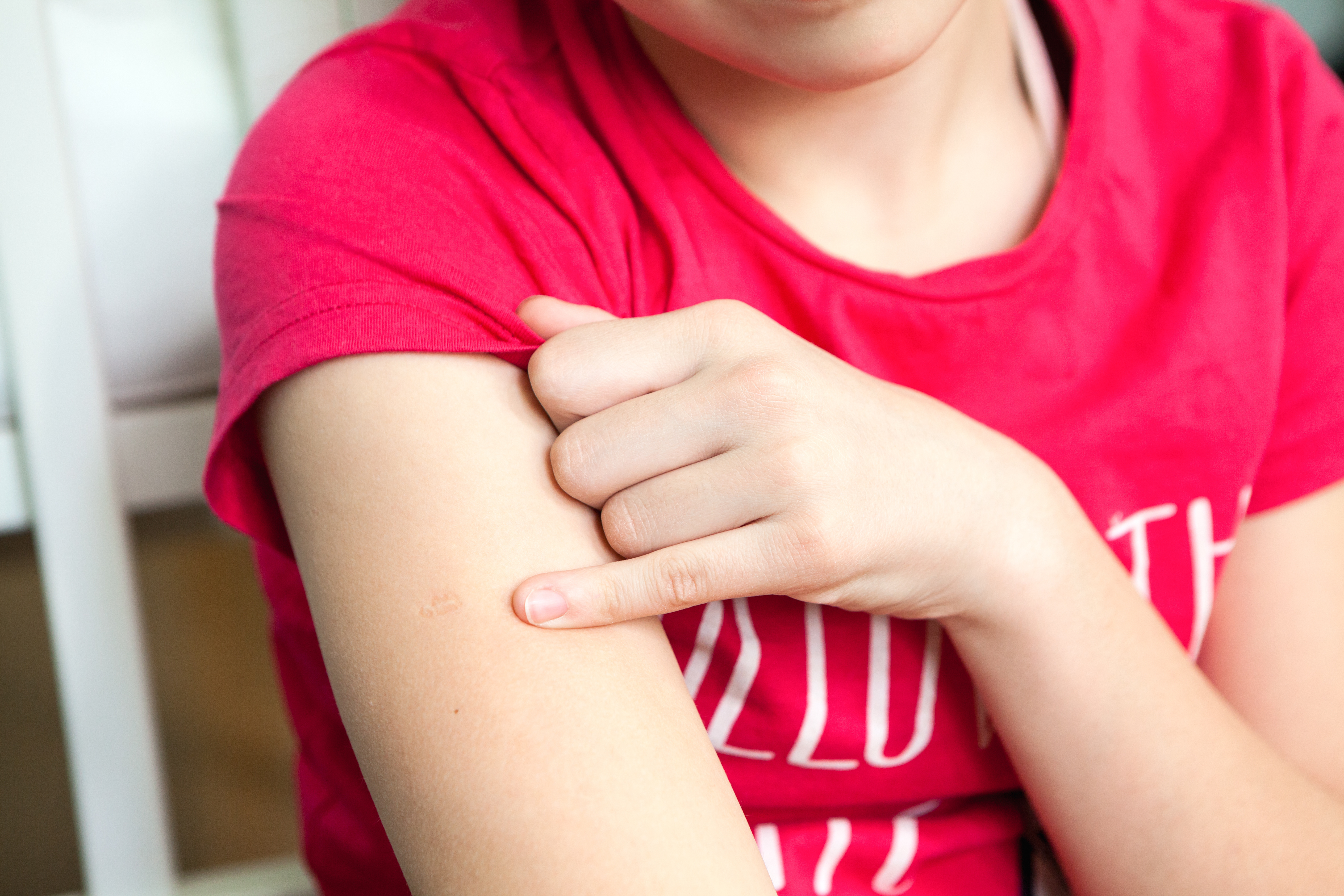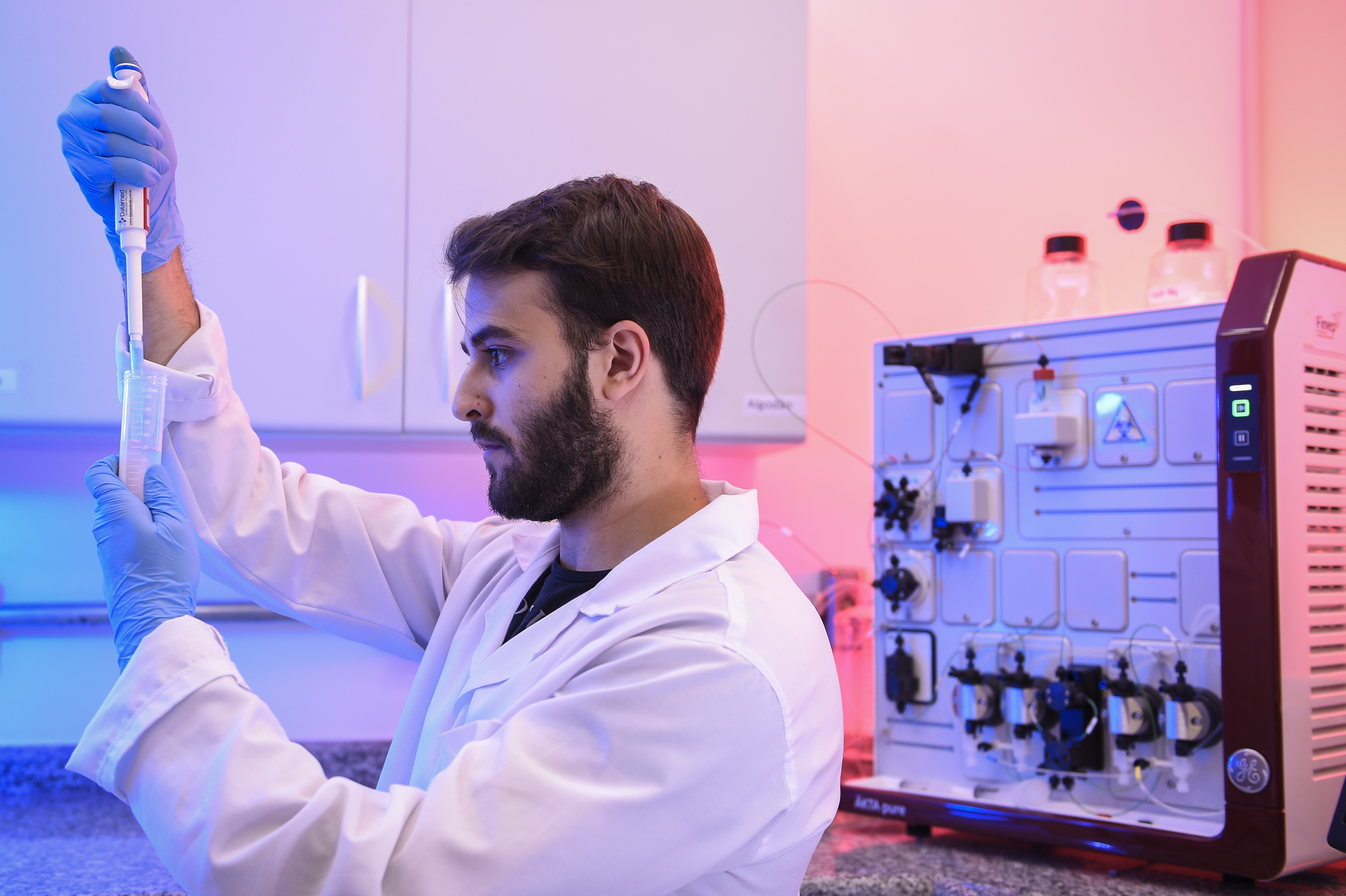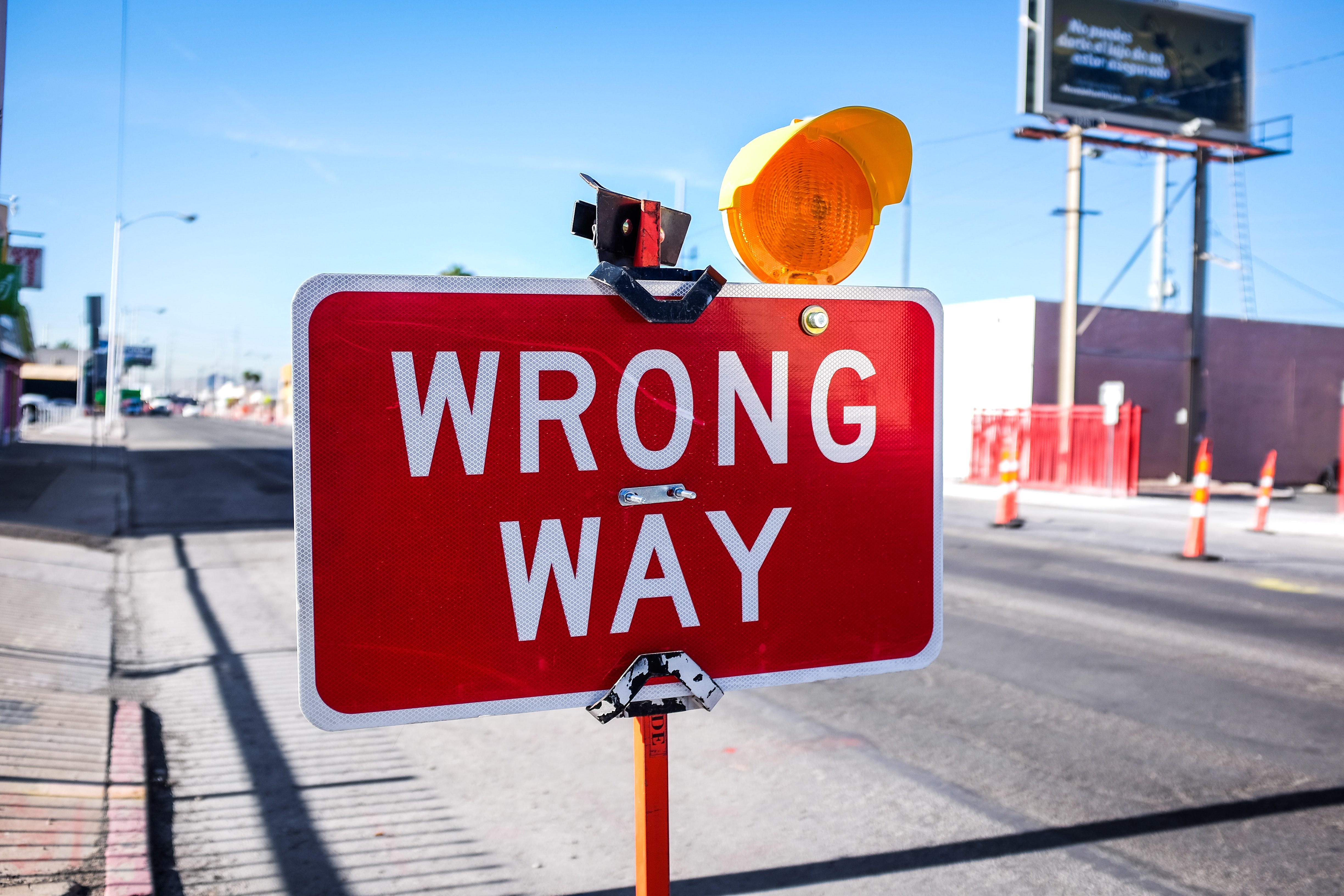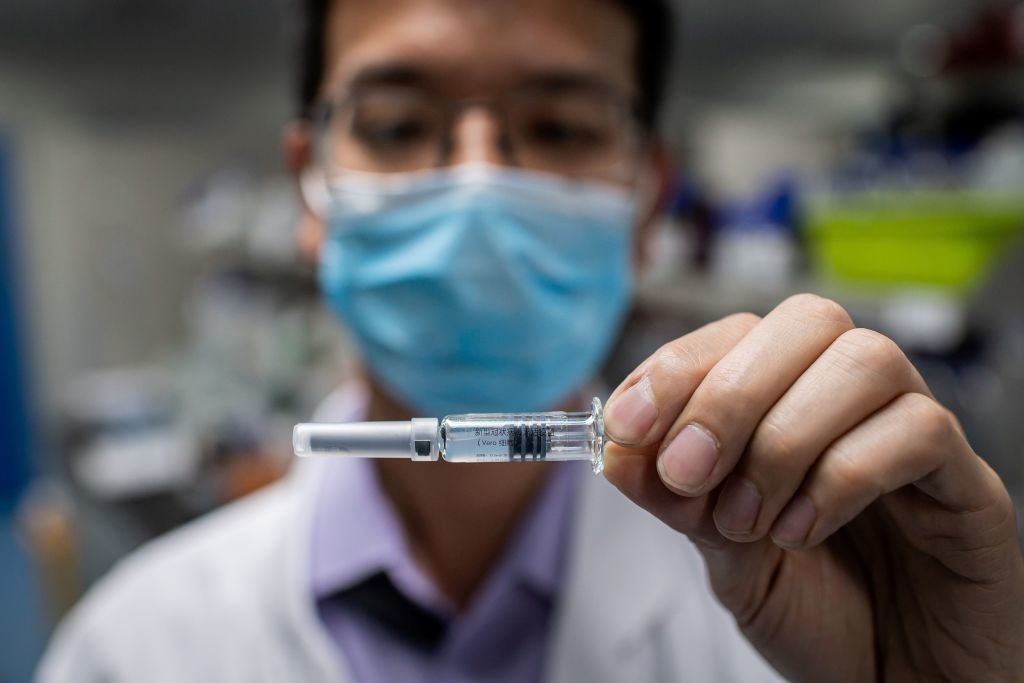Vaccines
Smallpox was nothing new in 1721.
It could lead to a massive uptake in those previously hesitant.
How were mRNA vaccines developed? Pfizer’s Dr Bill Gruber explains the science behind this record-breaking achievement and how it was developed without compromising safety.
▸
7 min
—
with
Vaccines can be grown in and extracted from the leaves of plants.
Counterintuitively, directly combating misinformation online can spread it further. A different approach is needed.
People may be more willing to get vaccinated when told how popular it is.
The vaccine will shorten the “shedding” time.
A deeper appreciation for science and less unnecessary spending could be in our future.
Jonathan Berman wants us to have better dialogues.
The vaccine just passed its first clinical trials, but it has a long way to go.
Pfizer’s vaccine needs to be kept at -100°F until it’s administered. Can caregivers deliver?
Britons could start receiving the vaccine within days.
The positive steps we are taking to prevent disease might have a negative side effect.
Medicago is growing a SARS-CoV-2 vaccine candidate in a relative of the tobacco plant right now.
94 percent of men in the study have this mutation, which explains why men are more likely to die.
Andrew Wakefield turned away from science and to the tabloids to spread his fabricated data.
We owe a lot to vaccines and the scientists that develop them. But we’ve only just touched the surface of what vaccines can do.
▸
17 min
—
with
The U.S., China, and Russia are in a “vaccine race” that treats a global challenge like a winner-take-all game.
This could change how researchers approach vaccine development.
A new study at Emory Vaccine Center gets into the bone marrow.
The immune system seems able to “remember” the coronavirus, and therefore able to prevent — or minimize the severity of — reinfection.
Fear-mongering is now a billion-dollar industry.
Despite fact check campaigns, anti-vaccination influence is growing.
A new study suggests that an old tuberculosis vaccine may reduce the severity of coronavirus cases.
Vaccines find more success in development than any other kind of drug, but have been relatively neglected in recent decades.
In “Douglas,” the Australian comedian opens up about her autism diagnosis.
Currently, more than 100 COVID-19 vaccines are being developed worldwide.
A new study at UPenn found that effective learning includes mistakes—just not too many.
A clip of this disingenuous documentary is making the rounds.
